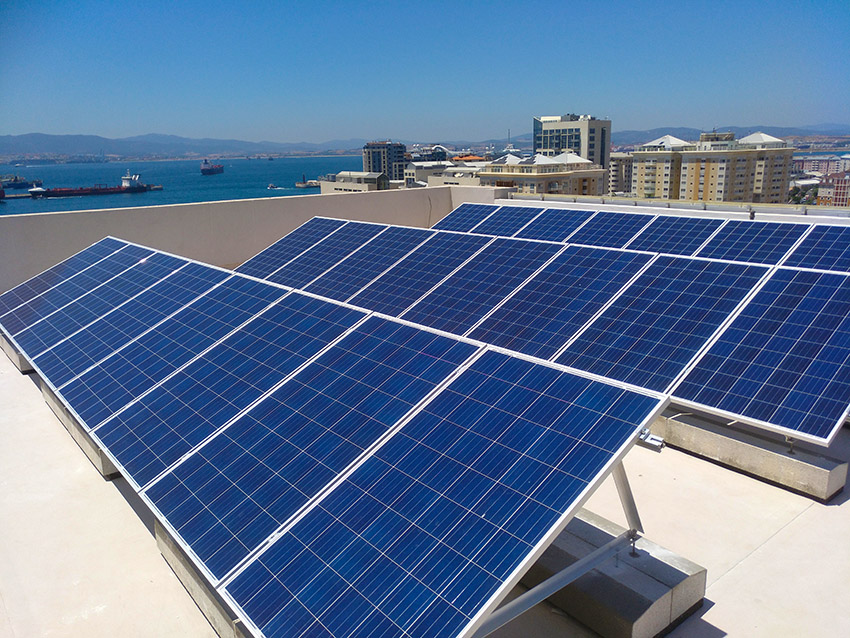Grid connected (Autoconsumo, Self-Consumption, UPAC)
For customers with an existing grid connection, the best option for integration of solar energy into your home is by what is now popularly called a self-consumption or autoconsumo system.
In the Algarve, Portugal, this is known as UPAC (Unidades de Produção de Energia de Autoconsumo) and comes under the self-consumption legal framework, governed by the Decree-Law DL153/2014 which came into force in January 2015.
Grid-Connected systems are by their very nature simpler than battery based systems, requiring just panels and a grid-tie inverter. The grid acts as the “mega-battery”, whereby your house will import energy from the grid when there is insufficient solar energy and export energy to the grid when there is excess.

Producing power at home is a great thing to do and paves the way for a future energy model.
These systems have come on leaps and bounds in the last decade thanks to the exponential growth all over the world for PV, at both the domestic and industrial scale. For example, 3 phase inverters are now available for as low as 3kW power rating. There are a host of plug-and-play solutions now available and it makes sense for anyone in the Algarve with a space on a roof or on the property, to install a PV system.
Different from Off-Grid solutions where PV is really a necessity if you don’t want your generator on 24 hours or particularly enjoy candlelight, a Grid-Connected autoconsumo system is usually put in for three reasons:
- Environmental benefits. Solar energy is a free source of Renewable Energy and every kWh produced saves burning fossil fuels and pollution.
- A first step in energy independence. Producing power at home is a great thing to do and paves the way for a future energy model.
- Energy savings costs. Every kWh produced saves money that would otherwise be going out of your pocket into the electricity company’s. Payback for such systems, including legalization costs etc, and depending on consumption patterns is usually around 5 years.
